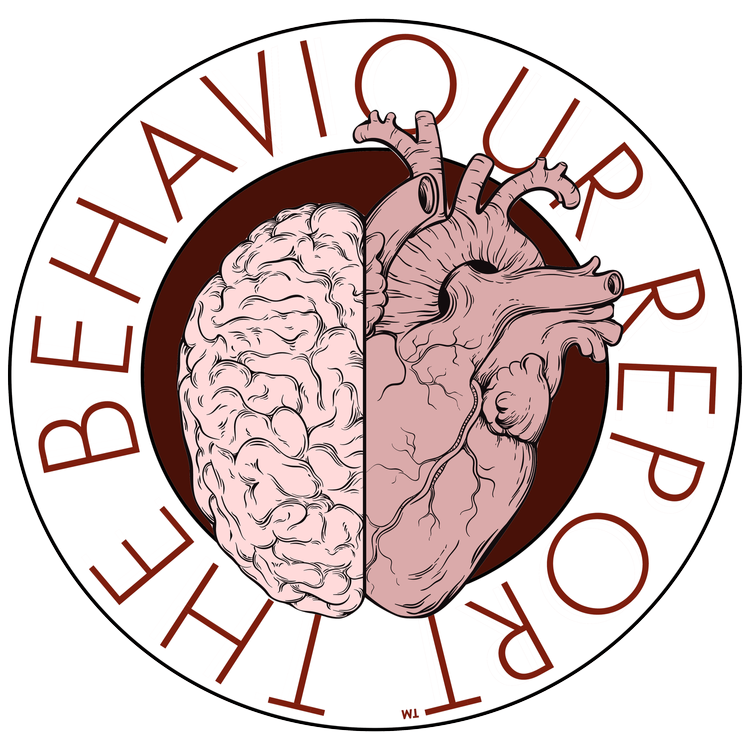Kieran Flanagan @ThinkKieranF
As the problems, issues and opportunities we navigate become more complicated and interconnected, so too must our thinking styles vary if we are to develop more innovative, relevant and salient solutions.
Because the human brain likes economies and efficiency, it tends to act as a heuristic system. In other words, we bias towards solutions and tools that have worked in the past, independent of whether these approaches are relevant to the challenge we are presently facing.
In other words, we tend to apply the same thinking and styles of thinking to any problem we encounter, and even try to avoid new thinking altogether.
Adding to this is our own preferences and biases to particular modes of thinking and means of problem solving. Some of us go straight into brainstorming, other recruit expert opinions, a lot of people look for precedent and approaches that have paid dividends in the past while many of us will go straight into action and try to figure it out on the fly.
Of course, there’s nothing essentially wrong in any of these approaches, however, complex problem solving tends to require a more systematic and disciplined approach to thinking.
So, how might we sequence our thinking to achieve more innovative solutions?
1. Emergent Thinking
Emergent thinking might be best understood as insight gathering. Much of this will be research into contemporary solutions and thinking, but it should not preclude relevant insights taken from historic precedent.
This means that, before we begin generating solutions of our own, it might be worth looking at who has solved or is solving “similar” problems to our own.
An example of this is Tontine Pillows who, faced with customers who didn’t change their bedding as often as was recommended for health and cleanliness, looked to how other categories had solved products that had a limited shelf life.
The result was use by dates printed in feint text on their pillows. Not a new solution certainly, use by dates have been printed on tins of beans since early last century, however it was a truly innovative response and a great example and application of emergent thinking.
2. Divergent Thinking
Divergent thinking is what we usually imagine when we try to define creative thinking. It is generative more than reductive. It allows us to explore multiple solutions without judgement - the goal being quantity and diversity rather than efficacy (this will come later).
Early in my career, I worked with Siimon Reynolds, who was a wunderkind of the advertising industry, and he shared with me an extraordinary tool to drive greater divergent thinking. It’s called “The Box Method” and it challenges our perceptions that creativity requires thinking “outside the box,” and suggest that we instead work inside “boxes” plural.
The method is simple. Having defined a challenge or issue or problem, sit with a page with twenty equal-sized boxes on it. Then fill each idea with a box without leaving the table, checking your email or getting up for a coffee. This forces you to stretch (or diverge) your thinking and to lose your attachment to the perfect solution.
When working with clients on complicated problems, I will typically fill in scores of these pages, generating thousands of solutions before I ever move to the next thinking style in this sequence.
3. Convergent Thinking
Convergent thinking is largely critical thinking and judgement. But it should not be dismissed as not being as insightful or creative as its related thinking styles.
In fact, convergent thinking often requires the greatest insight, discipline and even courage. Critical in this phase of thinking is the creation of the appropriate framework for judgement. If we only value what we measure, then it is also true that what we measure profoundly influences what we value.
Of course, all three of these thinking styles are critical to complex problem solving, however, a more systemic approach, one that takes account of our biases and blind spots, can help us not just be more innovative and creative in our problem solving, but also more relevant.
